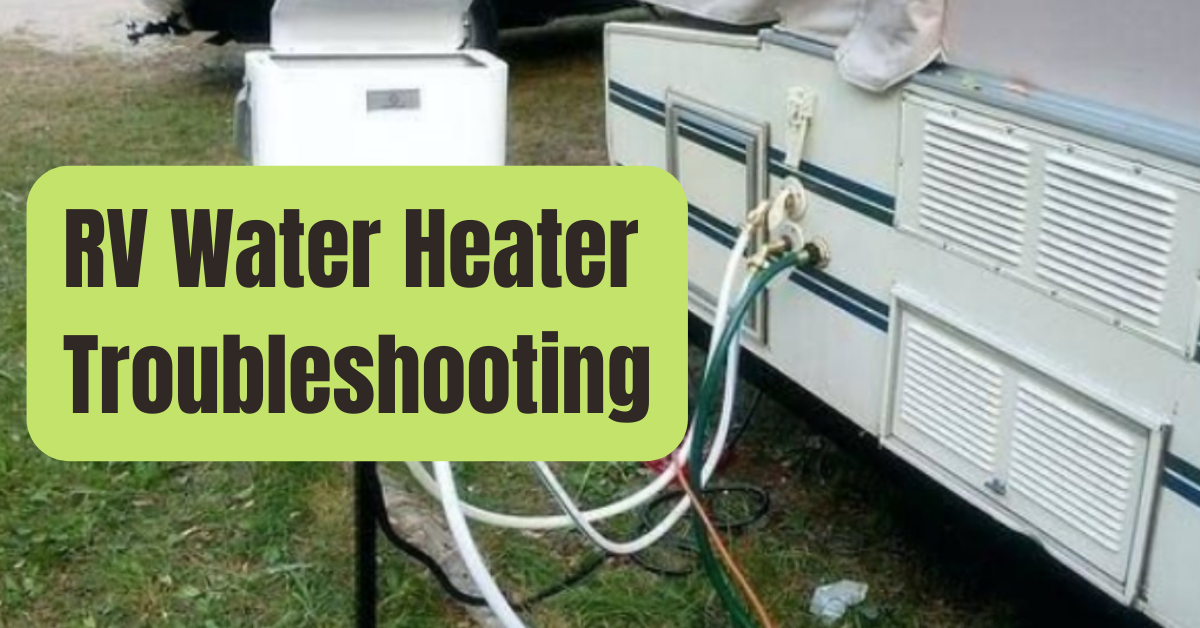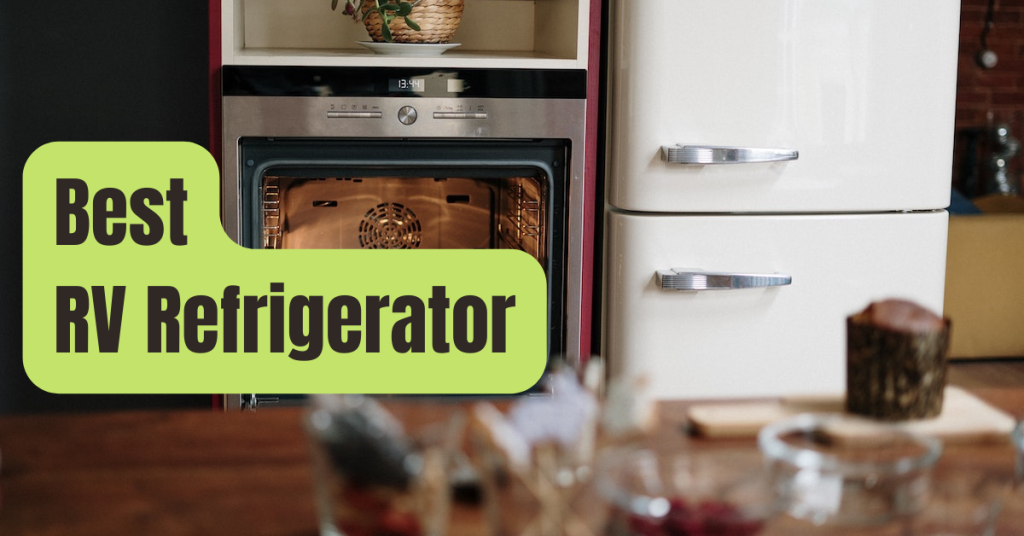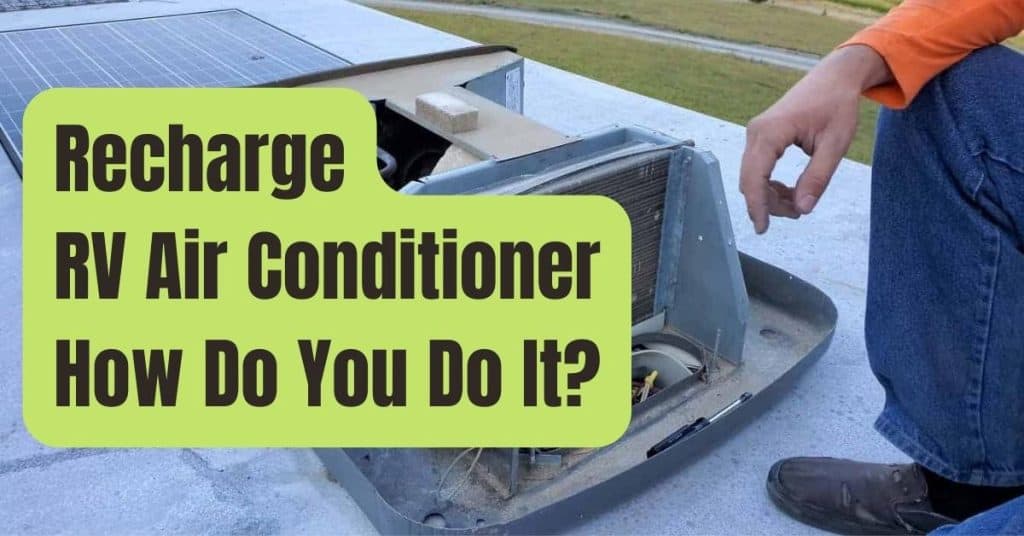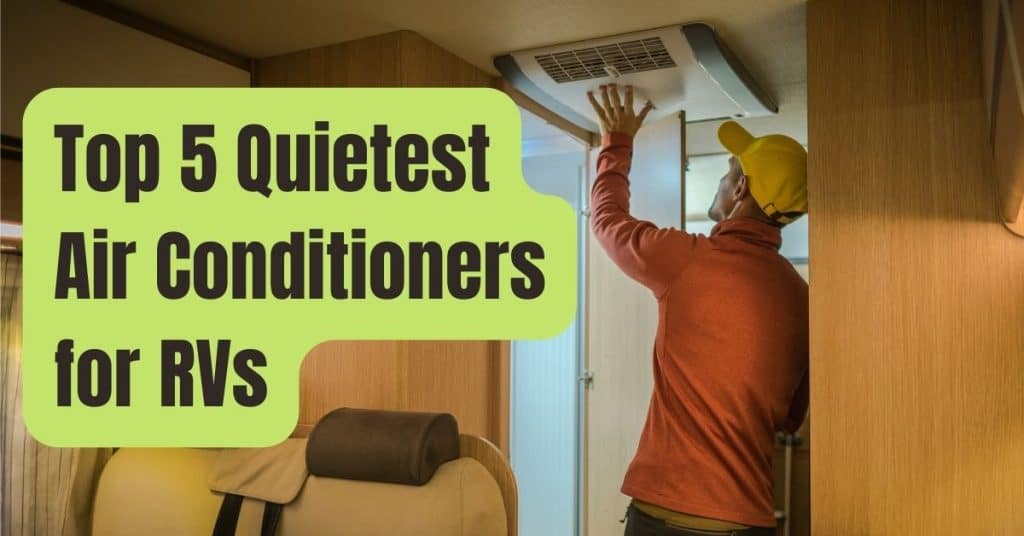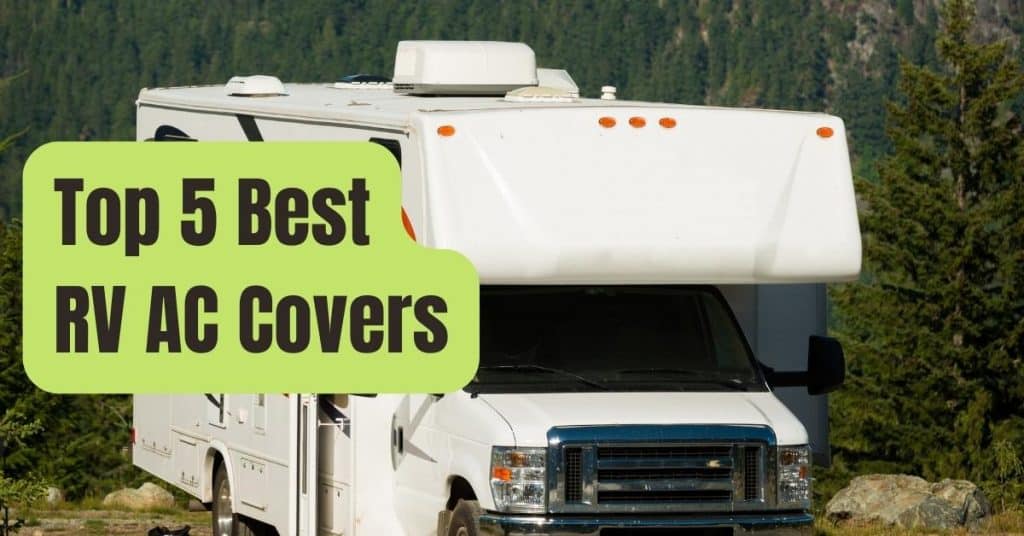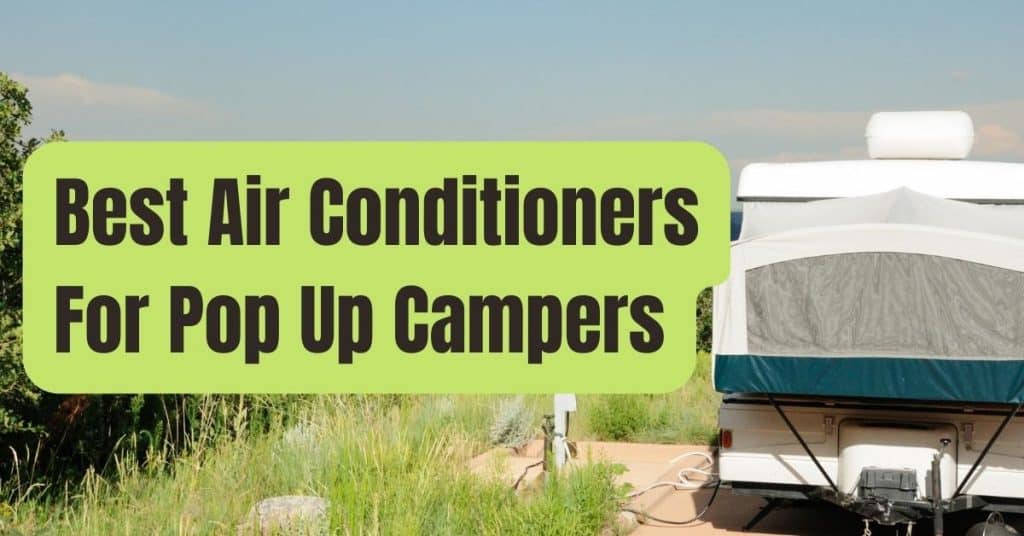You might be in for an unpleasant surprise if the water heater in your RV quits operating without warning.
Nothing is worse than getting into the shower and realizing there is no hot water! There are a few typical causes of water heater issues.
To help you become an expert at troubleshooting RV water heaters, we’ll explain how to handle each one.
Is The Water Heater In Your RV Not Heating It?
Of course, cold water that isn’t being heated is the most frequent problem you’ll run across while troubleshooting an RV water heater.
Your water may not be heating up for a number of reasons.
One possibility is that the supply valve for your propane is closed.
An electrical fuse blowing is another option.
Turning the propane back on is the easy solution if you accidentally turned it off at some time and forgot to turn it back on (for example, while de-winterizing your RV for the season).
Similar to how you would repair a blown fuse, you should soon have hot water.
When winterizing your RV, you may have bypassed your water heater and failed to change the supply valve back to the “normal” or “open” position.
This is another reason why your RV’s water may not be heating.
Your water will be hot if you don’t remember to re-open the valve throughout the de-winterizing procedure.
Nevertheless, none of it will escape the water heater’s tank!
Tips for Troubleshooting an RV Water Heater
If you notice that the water in your RV isn’t getting hot, try the following methods (beginning with the simplest solutions and working our way up from there):
Consult The Manual For Your Water Heater.
You were aware that we would inform you of this, didn’t you? The first step in any problem-solving procedure is ALWAYS to consult your owner’s handbook, therefore we had to add it here.
You should be able to get the handbook for your particular water heater online if you don’t already have it.
Your particular RV water heater’s make and model-specific troubleshooting advice will be included.
Pro Tip: We strongly advise getting electronic/PDF versions of all the manuals for the appliances and equipment in your RV.
Because if you’re too far away from the internet, you can run into problems.
Believe us. Later on, you’ll thank us????
What works for one water heater may not work for another since not all water heaters are the same.
This is why it’s so useful to have your water heater handbook close at hand.
You’ll be able to find each component, which will make the process of inspecting and maybe changing components much simpler.
Find yours right now; we’ll wait.
Hold music is playing…
#1. Bypass Check Valves

The water heater bypass valves may have been closed after you filled your fresh water tank, cleaned your water lines, or winterized your RV for the year.
We advise constantly checking your bypass valve while repairing your RV water heater.
Although it’s simple to overlook the bypass valves, it’s also one of the easiest solutions.
It would be annoying to spend hours fixing an RV water heater only to find that the bypass valves are closed! ????
#2. Examine Your Outdoor Shower
Yup! You read correctly.
Your outside restroom.
Especially if it includes a shower handle or wand with a valve that may be used to halt the flow of water.
Normally, the water should keep dripping from the wand, but if it stops, you may not be aware that the faucet’s valves are still open.
The hot water may mingle with the cold if they are open but the handle’s or wand’s shut-off is closed.
Even if you merely switch on the hot valve at the faucet you’re now using, the remainder of your RV will never get anything hotter than tepid water.
Even though the water heater is operating, the outside faucet is mixing hot and cold water, making it impossible to supply the remainder of the RV with hot water.
We experienced this (quite early in our RVing adventure), and it left us frantically scouring the vehicle for any other potential problems.
So have faith in us.
Take a quick stroll outside and verify that the hot and cold knobs on your outside faucet are fully off if you aren’t receiving hot water from any of the faucets within your RV.
#3. Check The Levels Of Your Propane.
Another straightforward procedure that is common to overlook when dealing with a shortage of hot water is checking your propane levels.
You won’t get hot water if you attempt to heat with propane if your tank is empty (or even extremely low).
Fill up your propane tank if it’s running low, and you should be able to heat water once again.
There are two quick methods to determine if you have propane in your tank if it lacks a gauge:
- Try turning on the burner in your cooktop and letting it run for a little while. You can tell whether there is still propane in the tank if the burner remains lit and the flame seems to be as big as it usually does (and that the propane tank valve is open). Just be careful not to keep it on for too long or to leave without turning it off.
- Watch this video to learn how to check the level of your propane tank without a gauge. It’s simple.
There is another option if you’ve confirmed that your propane tank has enough fuel yet your water heater STILL won’t turn on.
The propane tank’s internal OPD (Overfill Protection Device) may have picked up an abrupt, high-flow release.
As a result, even when the tank’s valve is open, no propane is emitted since the flow is cut off.
This may occur if a propane-powered appliance was left on after the tank was turned off or if a considerable period of time has passed since you last used propane, causing all of the lines to depressurize.
The safety mechanism may be activated when you reopen the valve due to the unexpected influx of propane into the system.
Fortunately, the solution to this problem is really easy.
Make sure all propane-powered appliances are off and the propane tank valve is closed.
Then reopen the valve on the propane tank! Simple as pie!????
#4. Examine The Anode Rod (If Your RV Water Heater Has One)

Every year and if there are problems with the water heating, the anode rod in your water heater should be examined.
OK.
Therefore, whether or not you have hot water flowing from your water heater has nothing to do with this.
However, while you’re busy inspecting things, why not think about doing some preventive maintenance?
Anode rods aren’t always included in RV water heaters.
They are often seen in steel-tank water heaters of the Suburban brand because the anode rod prevents corrosion on the tank.
But even an Atwood brand water heater with an aluminum tank can have had one added by a prior owner (for several reasons).
To stop corrosion in your water heater, the anode rod literally makes the ultimate sacrifice.
It will protect your tank since it is constructed of metals that won’t corrode as steel would.
At least once every year, the anode rod should be inspected.
Although checking them once a year is a good practice, they often survive longer than that (depending on how frequently you use your RV and if you remember to dump the water heater tank when storing your RV for the winter).
When troubleshooting an RV water heater, it could also be required to inspect the anode rod.
It’s time to replace an anode rod after it has lost around 80% of its original bulk.
The anode rod may be easily and affordably replaced.
Watch this video to learn how to inspect and replace an anode rod.
#5. Check The Heating Element If Electric
Another item you should check is the heating element if your water heater is electric.
These substances may corrode and degrade over time.
Additionally, the heating element may even melt if you accidentally switch on your water heater without any water in it.
You may need to swap out the heating element to solve your water heater’s problems.
Most likely, you’ll use the exterior of your RV to reach this.
Additionally, you will want certain specialized equipment, such a heating element wrench.
They’re inexpensive and available at most hardware shops and on Amazon:
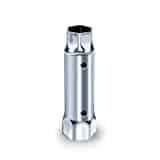
RV Water Heater Element Wrench 6″,Hex Socket Wrench Removal Tool Tube Spanner 1-1/16″ x 1-1/2″ x 6″ Length
Other Typical Problems With RV Water Heaters
#1. Defective Thermostat
A problem with the thermostat is a more subtle issue that you could experience.
The thermostat on your water heater determines the temperature of the water.
Many of the earlier problems were plain to notice.
However, from the exterior, a broken thermostat may not seem any different.
Checking your thermostat with a multimeter is the easiest method to figure out if it needs to be replaced.

You should replace your thermostat if it doesn’t pass the test.
Be remember to switch off all the electricity before beginning this project! The old thermostat switch should then be pulled out and replaced with a new one after releasing the wire clamps.
Reattach everything, then test the power.
#2. Malfunctioning RV Water Heater Check Valve
Our last piece of advice for troubleshooting an RV water heater concerns low water pressure.
The check valve may be the cause of your hot water trickling out slowly.
Cold water cannot flow back into the water heater because of the check valve, which stops water backflow.
If it malfunctions, you’ll often notice little or no water pressure while running the hot water.
You may need to replace your check valve if this is the problem.
The check valve has to be unscrewed from within your RV.
Then remove it and install a fresh check valve in its place.
Before doing this, make careful to empty the tank of your water heater! If you don’t, your RV may flood.
YouTube has a ton of excellent information, many of which include instructions for your specific type of water heater.
No Hot Water Yet? Go To A Service Facility Or Hire A Mobile Rv Technician.
Unfortunately, certain issues with RV water heaters need for specialized knowledge.
There are a lot more issues that might arise when using propane with electricity.
It may be time to call in the experts if you’ve tried all the suggestions listed above and your water heater is still not functioning.
It’s never enjoyable to have a mobile technician visit your site or to bring your RV in for servicing.
However, these experts are skilled in dealing with a wide range of problems.
Since you’ve already eliminated a number of options, a professional technician ought to be able to solve the issue quickly if you’ve finished your RV water heater troubleshooting and you still don’t have hot water.
In the worst situation, a new water heater could be required.
However, it is often only necessary when the heater is dripping water from the bottom and the tank has rusted out.
Conclusion
Most of the time, having an RV makes for a luxurious camping trip.
However, much like a home or a vehicle, an RV will need routine and (sometimes) unplanned maintenance.
You can keep everything running well by maintaining your equipment.
Don’t freak out if you get wet in your RV.
Try these strategies for troubleshooting an RV water heater.
And if in doubt, consult a professional.

